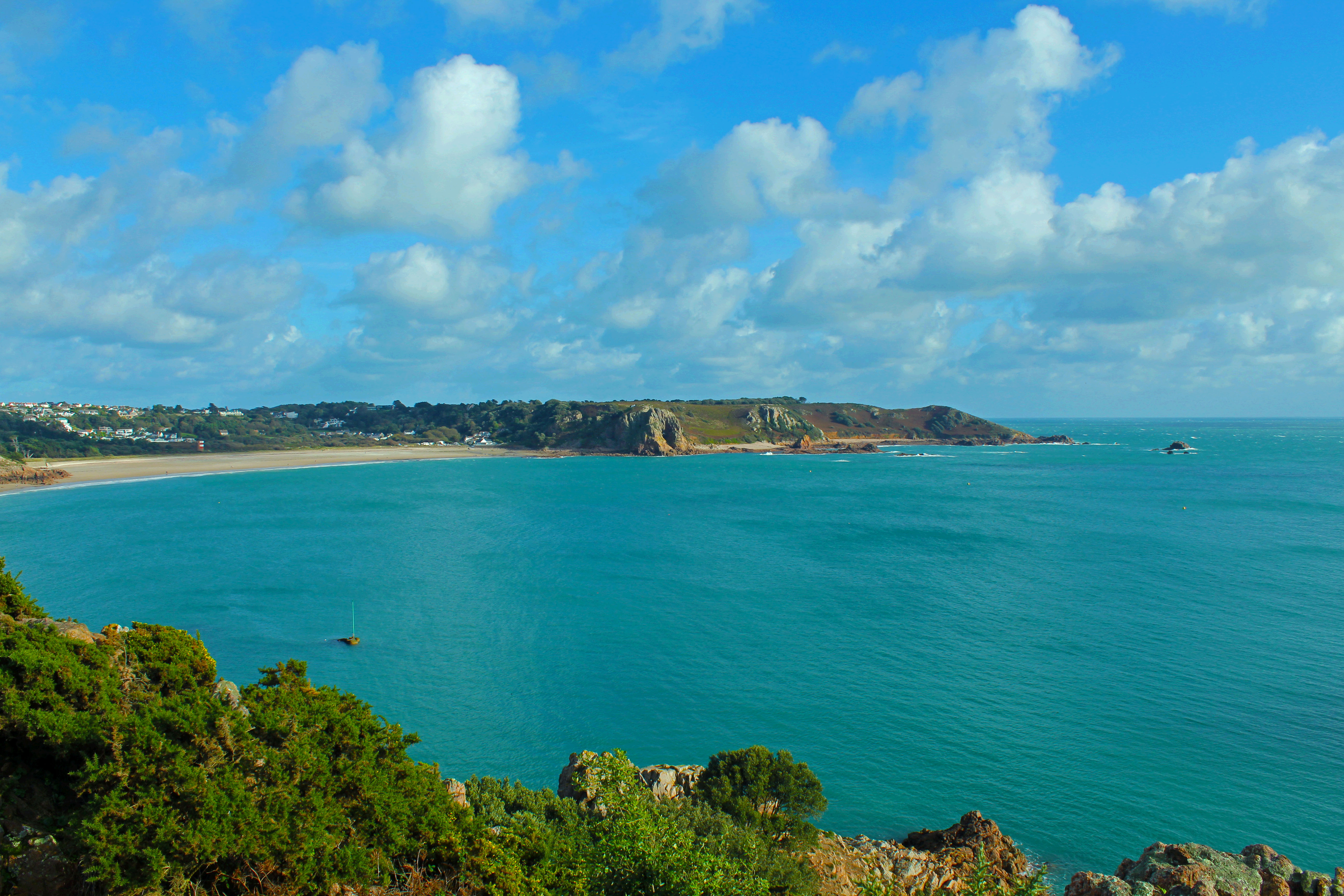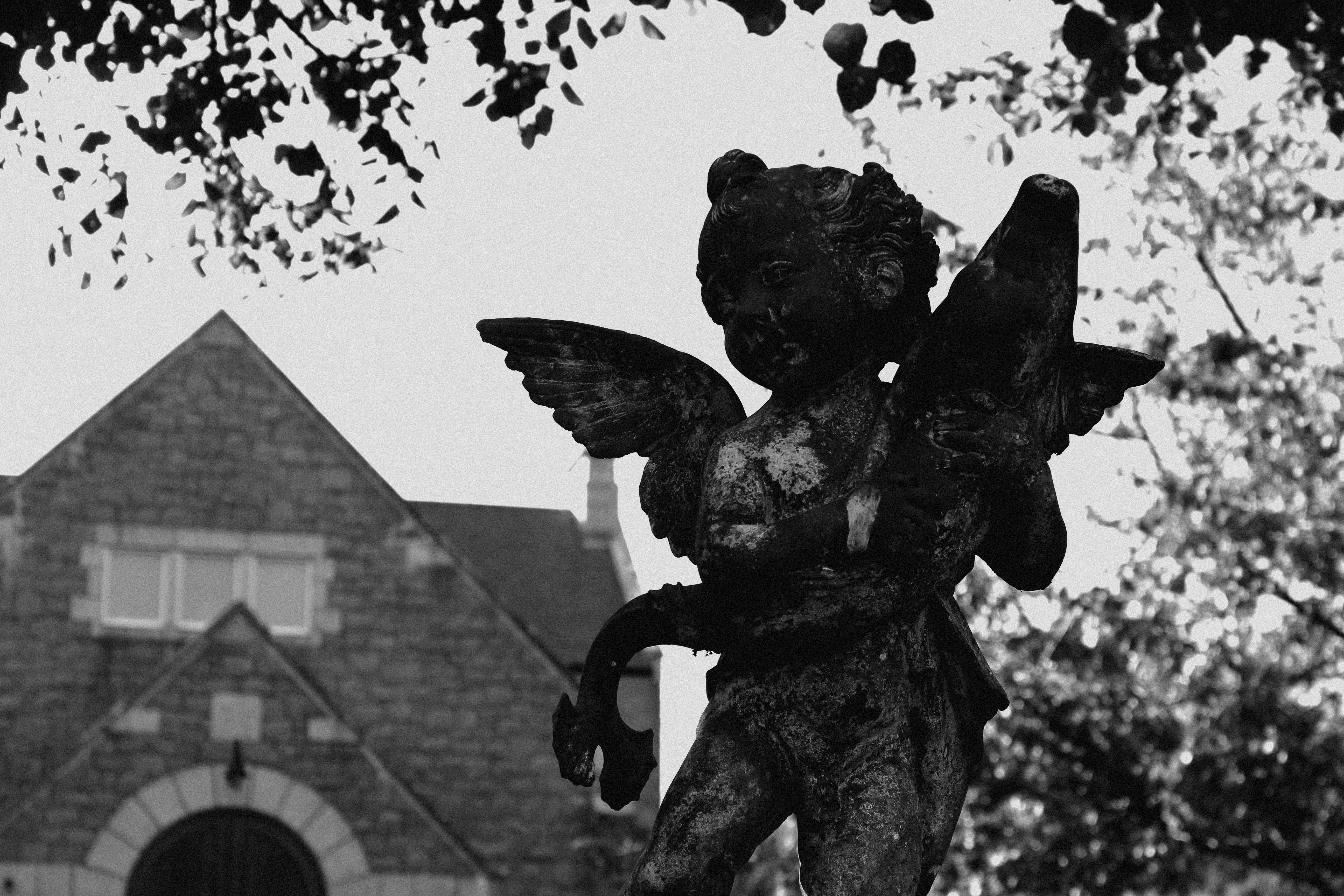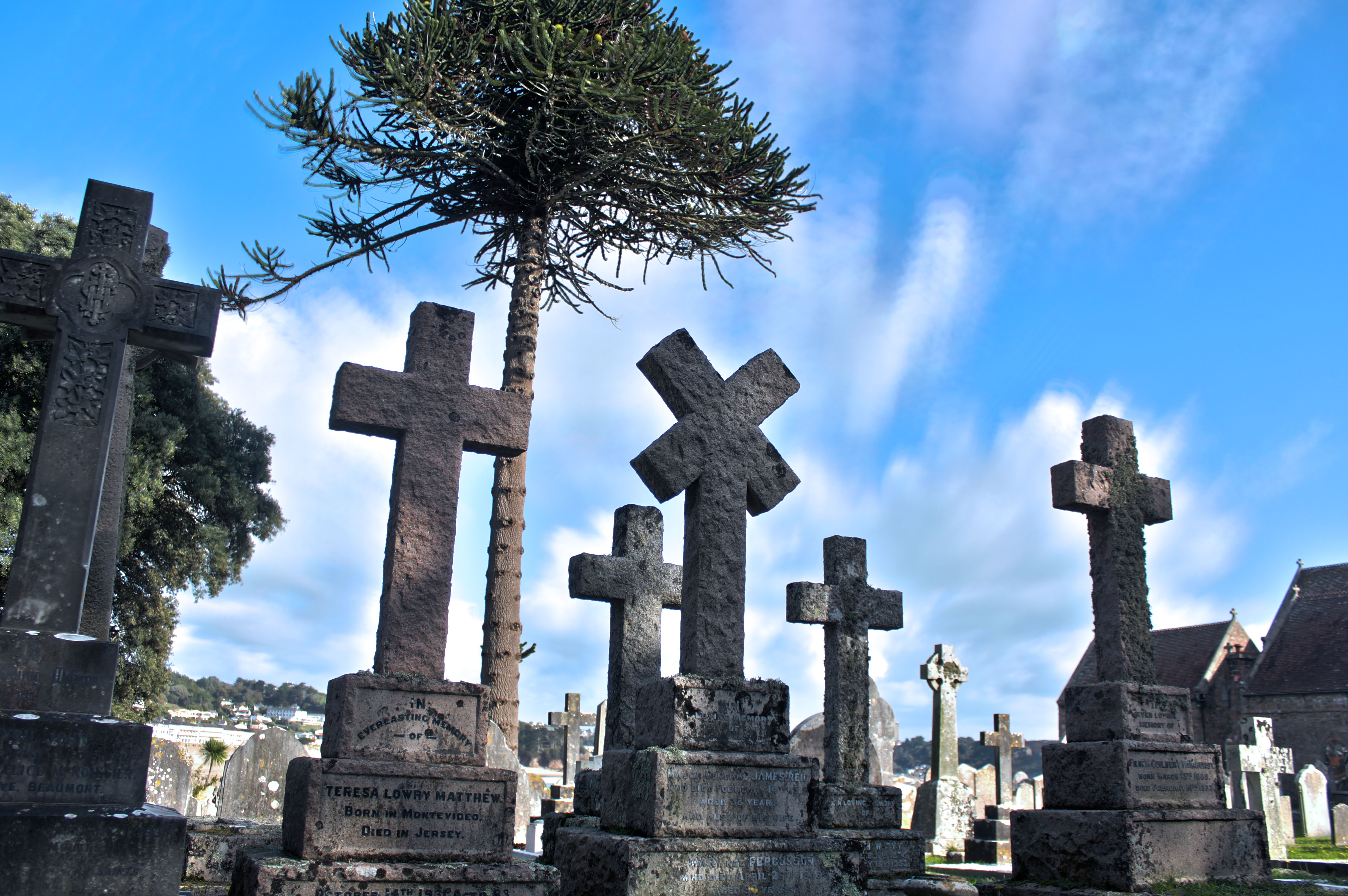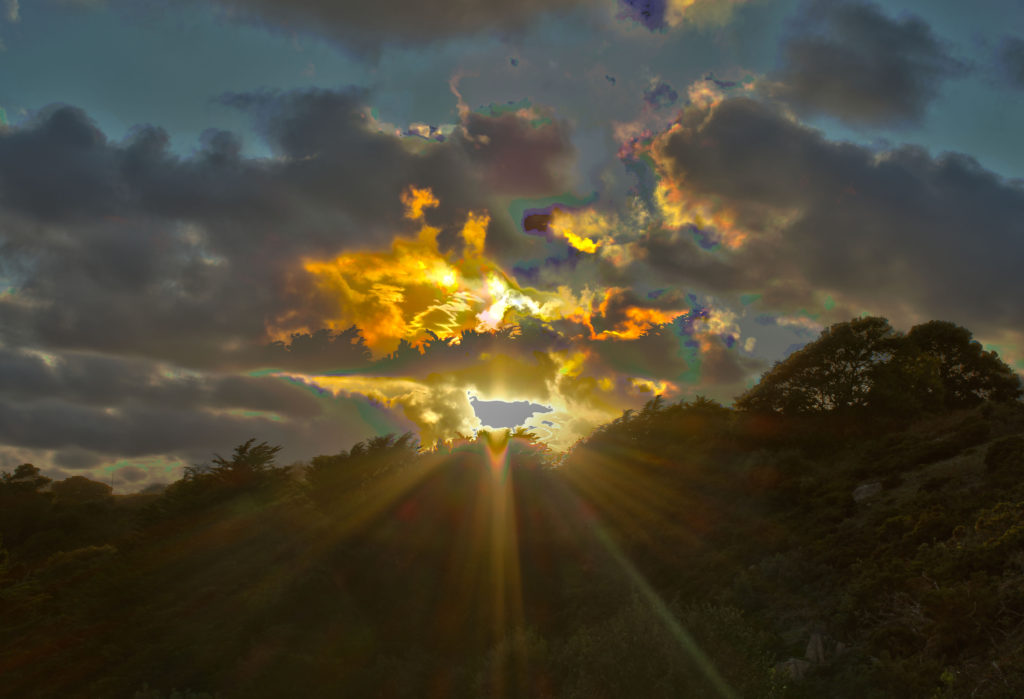
Urban Moodboard


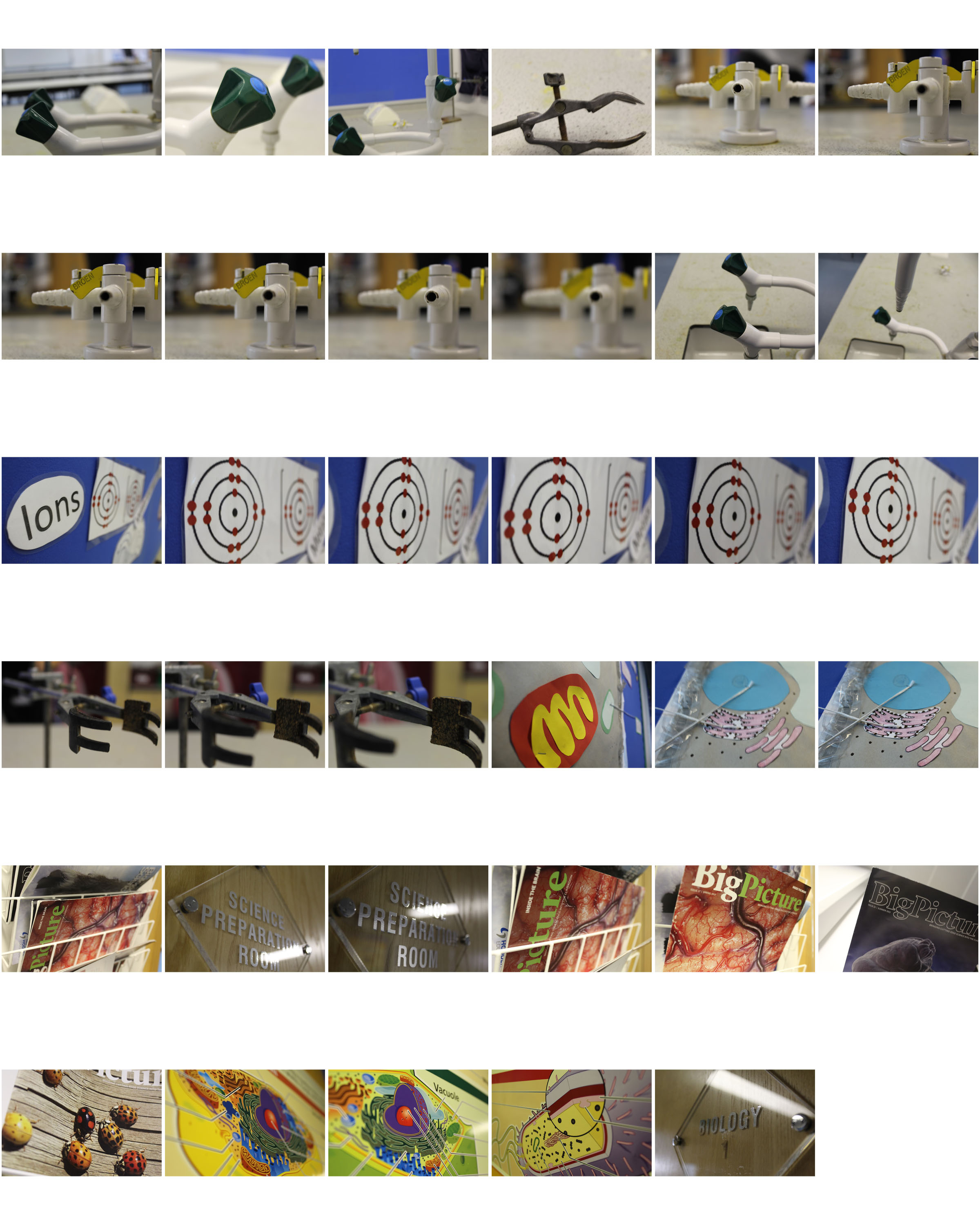




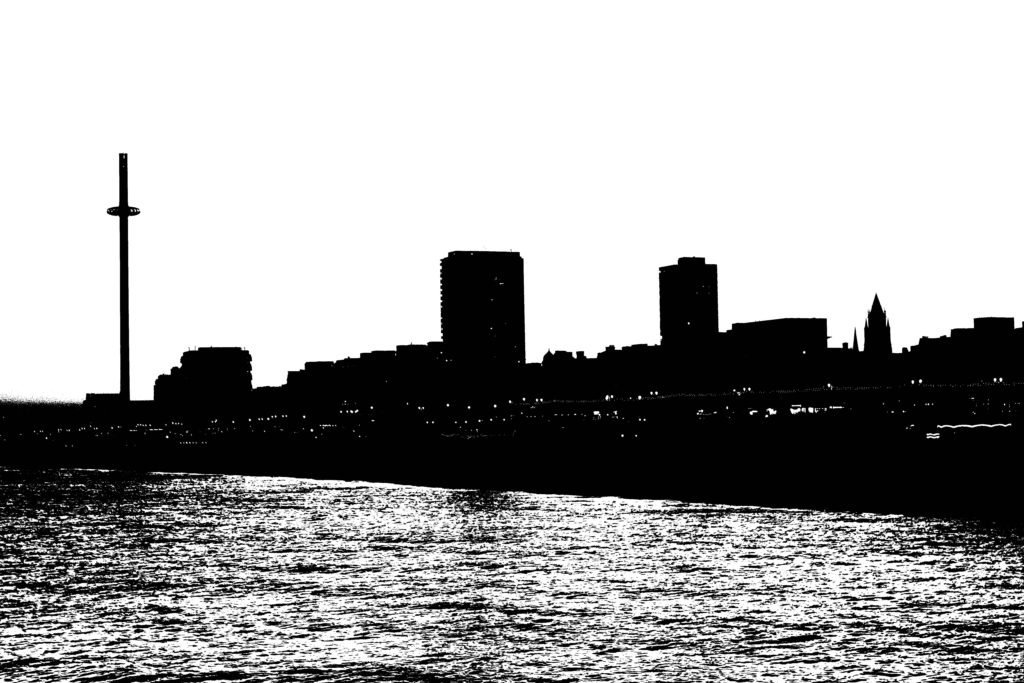
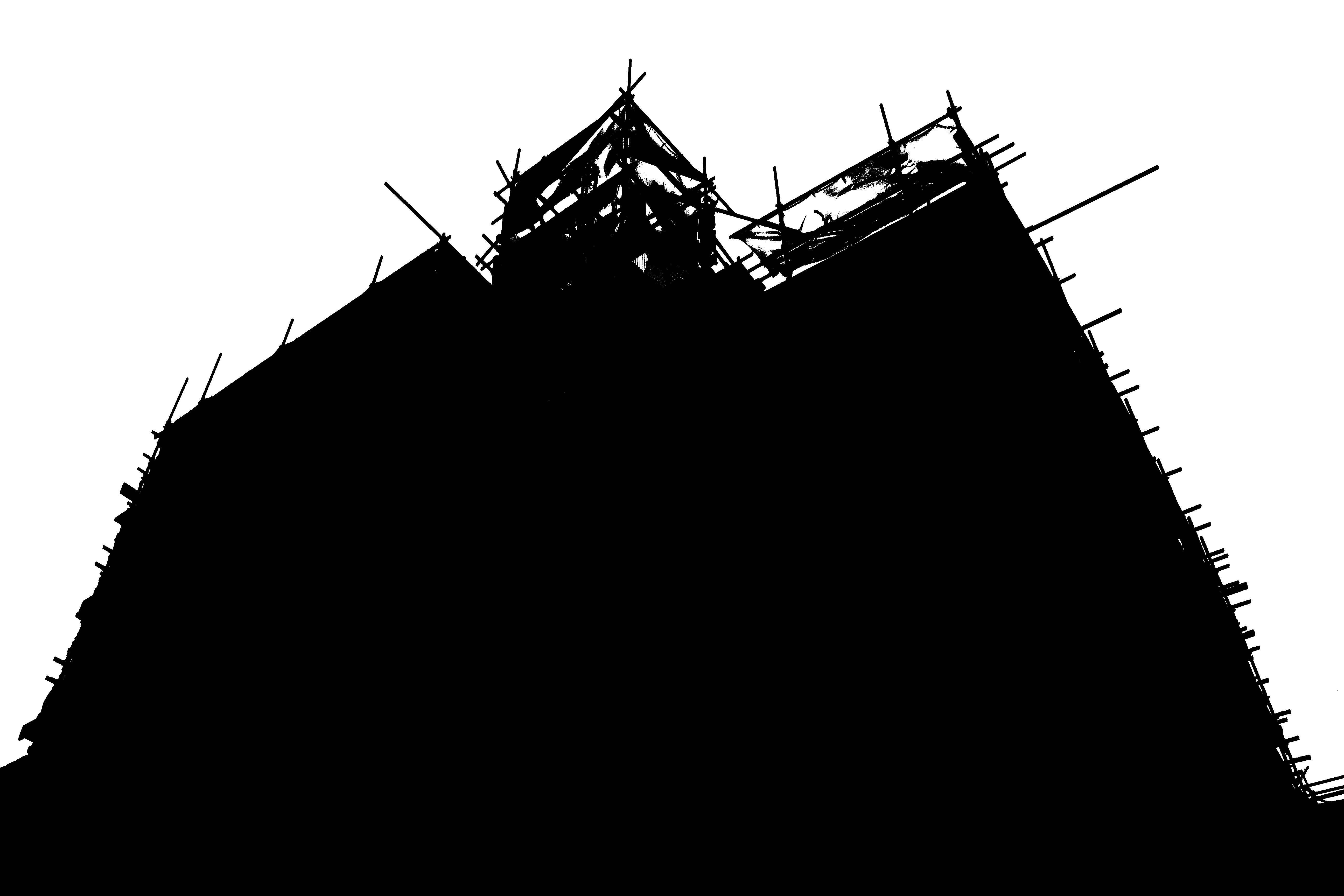

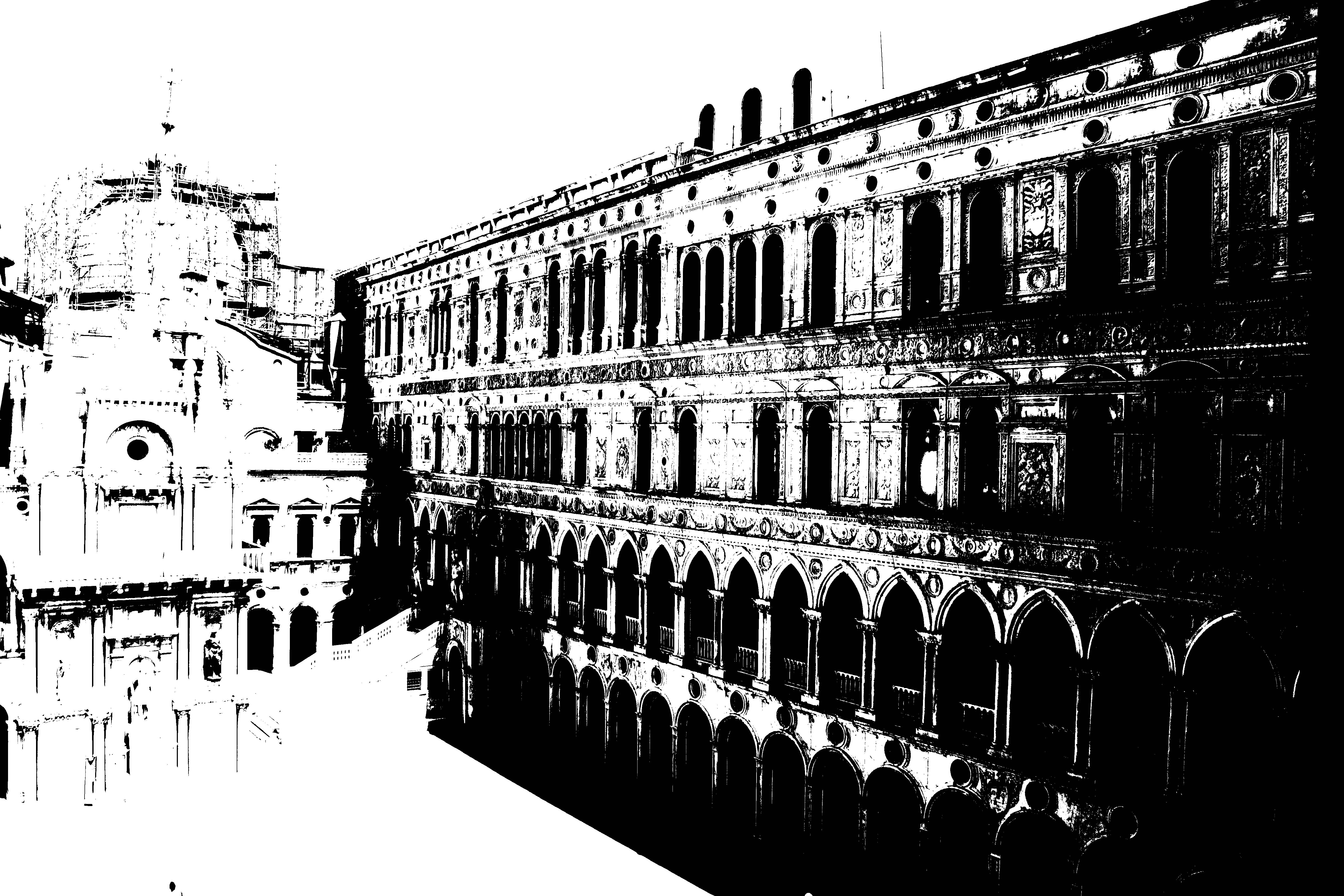

Editing the contrast of the images at doges palace highlighted 2 different parts of the building, but i think the intricate details of the building didn’t allow for a image similar to Helmer-Petersons. I think the best image is the one taken of a scaffolding structure at havre de pas, as it allowed for a block of black and white, which is more in the style of Helmer-Peterson. It also showed a more general urban look, of metal poles and construction which is more similar to what the artist chooses for his images. I think i could have chosen a few more images that were able to create block colours as a lot of them have grainy areas,
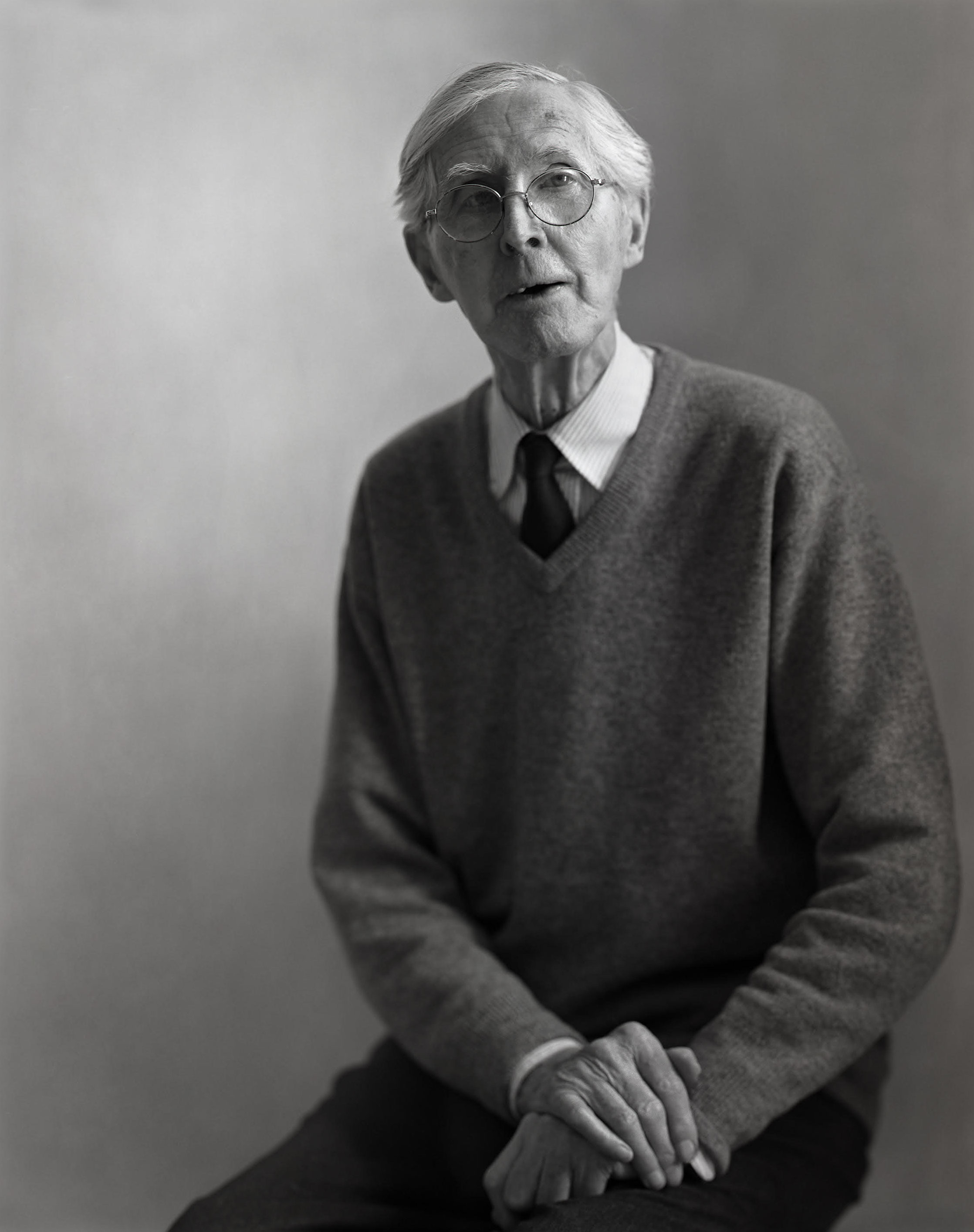
The pioneer of Danish Modernist photography, Keld Helmer-Petersen (1920-2013), is internationally acclaimed for his images of structures, patterns and details found in industrial areas, cityscapes and nature.
He started photography in the late 1930s and first made his name with 122 Colour Photographs in 1948. This book is especially well known due to its innovative use of colour in thoroughly composed photographs of patterns in landscapes and buildings. During the 1950s and 1960s he established himself as a photographer of architecture and design. Simultaneously, his artistic work shifted towards the more abstract, as he found inspiration in German and American photography as well as international abstract art.
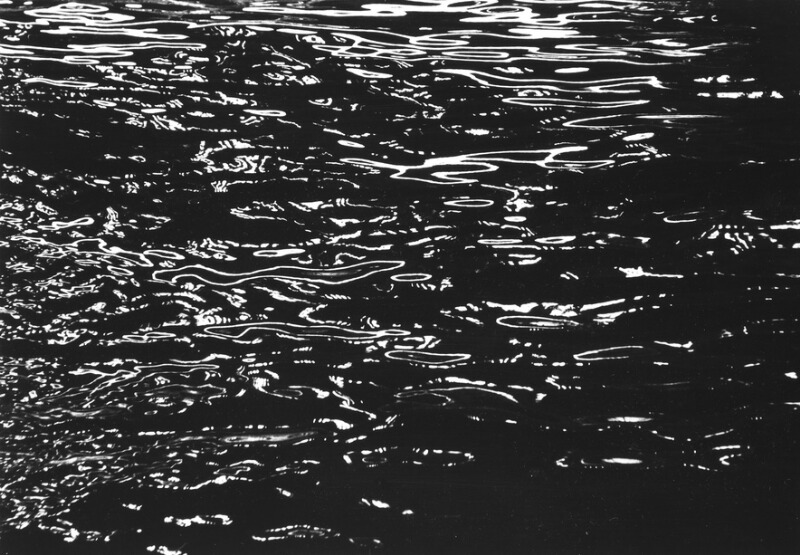

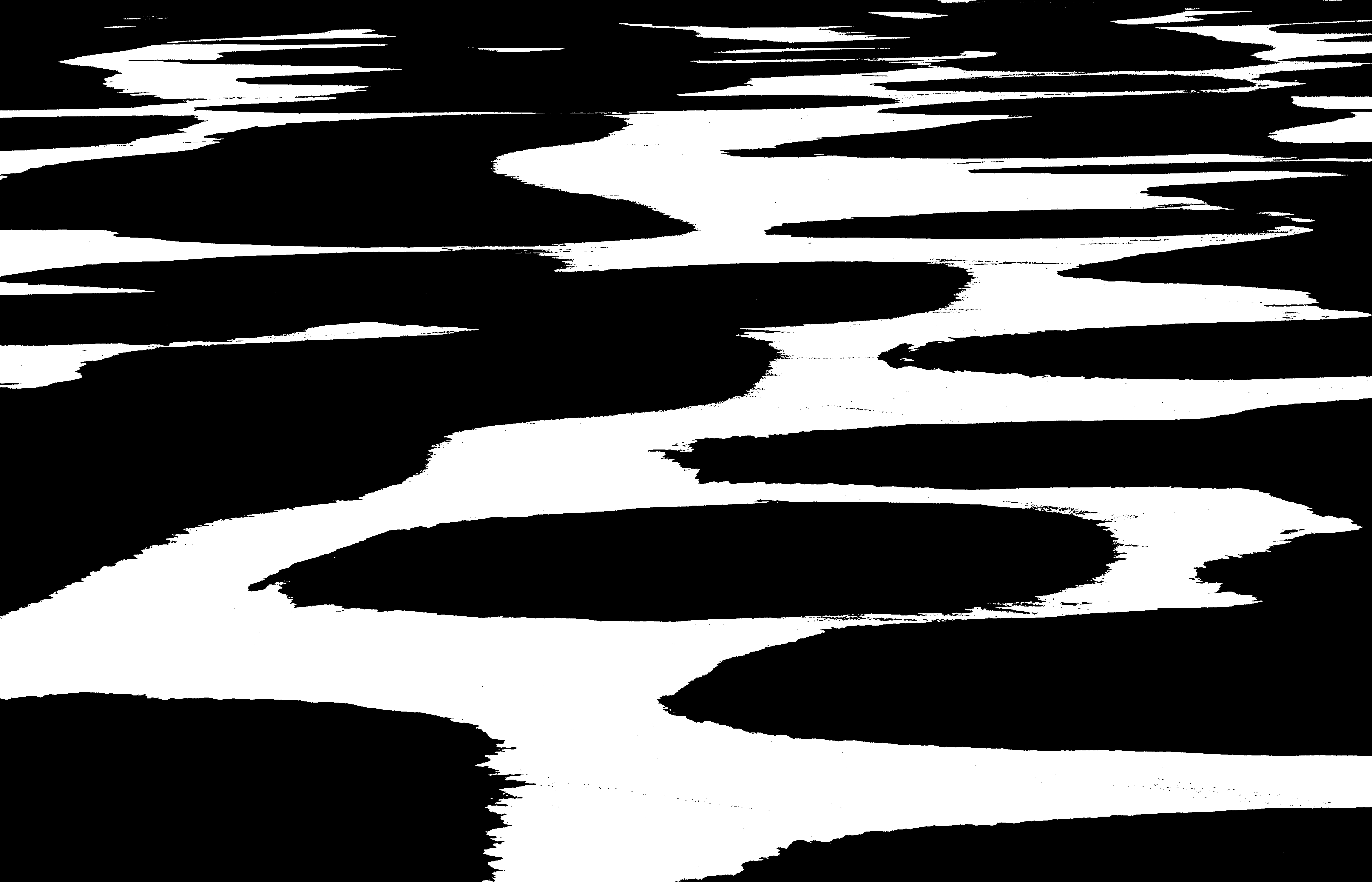

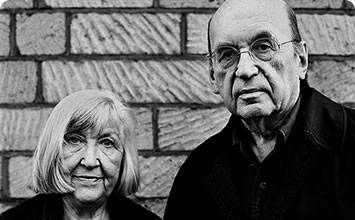
Bernd Becher was a German photographer born in Siegen, Germany, on the 20 of August 1931. He married Hilla Wobeser in 2003, who was born on the 2 September 1934, tobecome the Becher duo we know today
The pair started their joint work in 1960 and worked until Bernd’s death in 2007. Their first major exhibition was in 1967 in Munich, where their work was more so used to display the buildings themselves, rather than themselves as photographers. This was one of the first examples of their artistic style of emphasising documentation over their photographic content. After their successes they were offered a solo exhibition at the Städtische Kunsthalle in Düsseldorf, where there was also an american exhibition in the same area on Minimalist art. However, they decided to place themselves in the style of Conceptual art, where they confirmed their reputation with a place in the Documenta 5, 1972, called the Befragung der Realität – Bildwelten heute or Questioning reality – Pictorial words today. Although, both Bernd and Hilla remained sure that their work was aimed to only be in a documentation style.
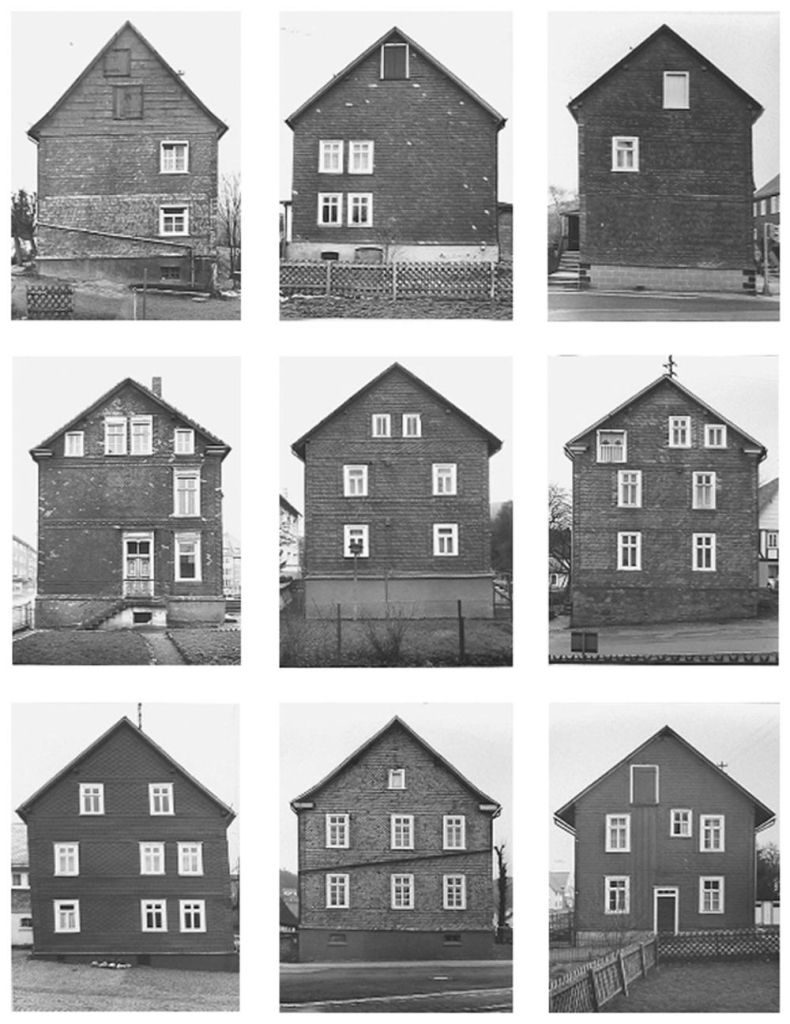
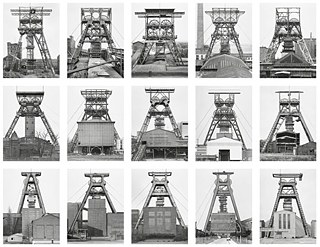
Their first photobook Anonymous Sculptures was published in 1970 and is their most well-known body of work. The title indicates that the Becher’s referred to industrial buildings as found objects.
The book consisted of an inventory of industrial structures including kilns, and gas-holders categorised into sections, such as the pot, the oven, the chimney etc.
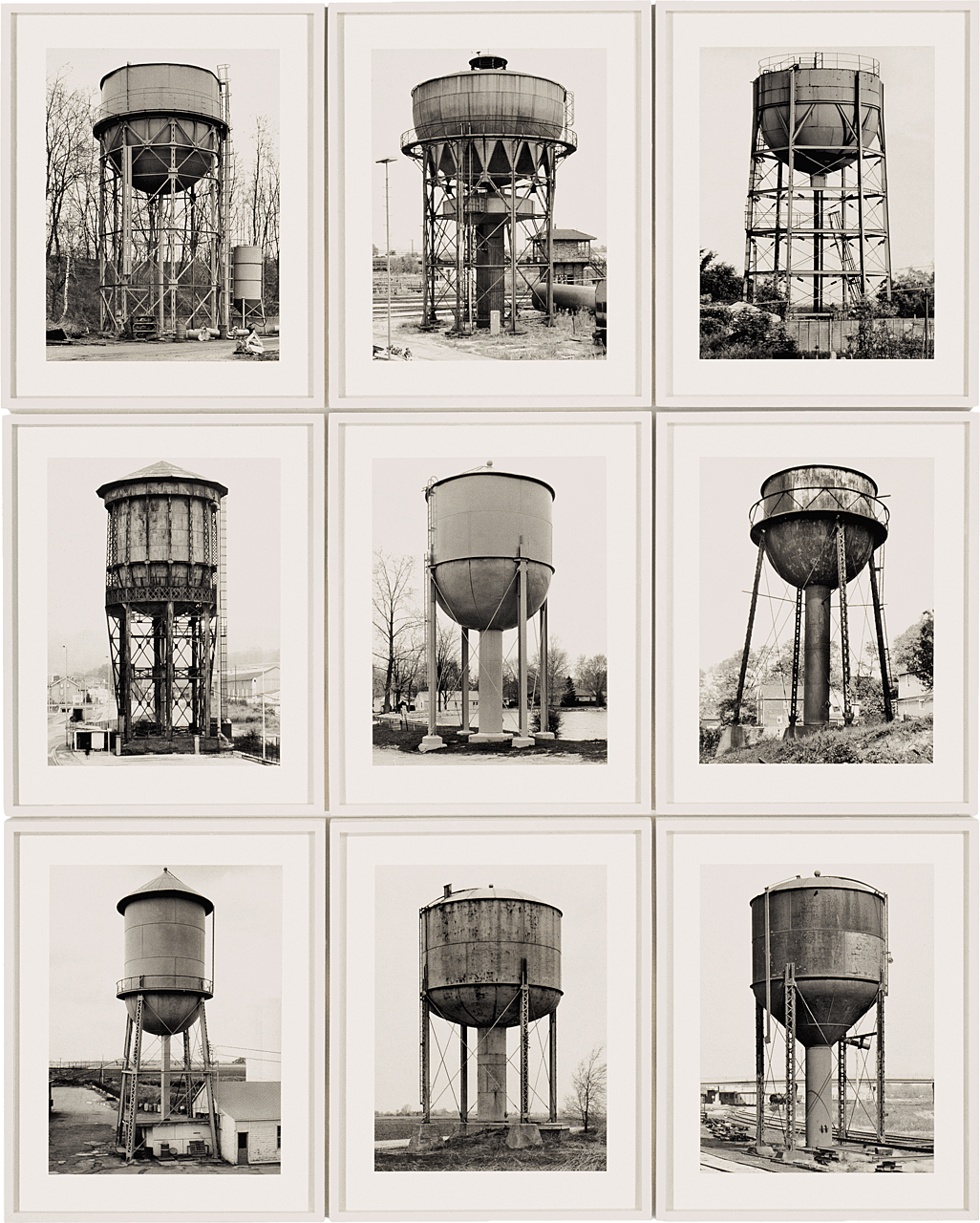
The Becher’s skill was clear, but they refused to discuss any technical aspects of their work. Both of them were trained at the Düsseldorf Art Academy under advertisement until 1962. They were set in their ideas that a photograph can’t be fully objective as the photographer has to go through many processes to form an image. The Becher’s continued to stand away from people over interpreting their work, as they only wanted to display their work for records, with no real meaning or feeling.
The pair won a Golden lion in Venice Biennale, in 1991, They later retired in 1996, but continued to work throughout Europe and North America until Bernd’s death in 2007.
A photographic typology is a study of types, a photographic series that prioritizes collecting rather than stand-alone images. It’s a powerful method of photography that can be used to reshape the way we perceive the world around us.
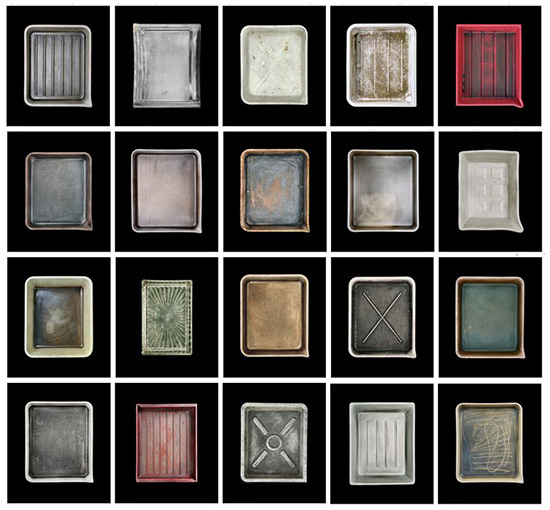
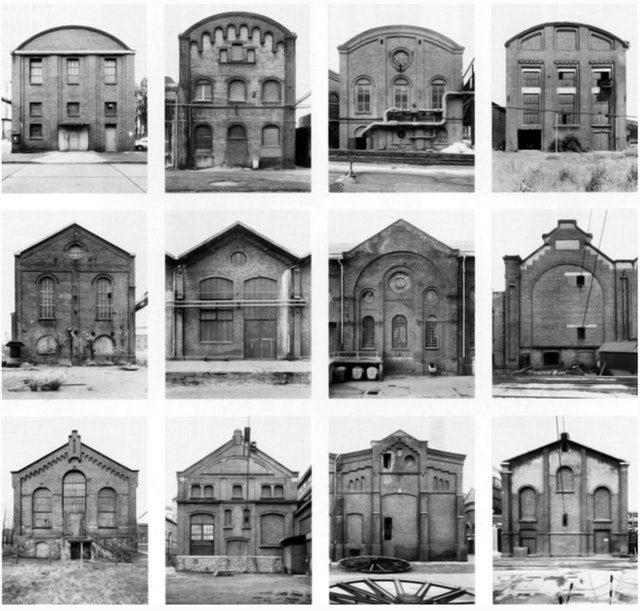
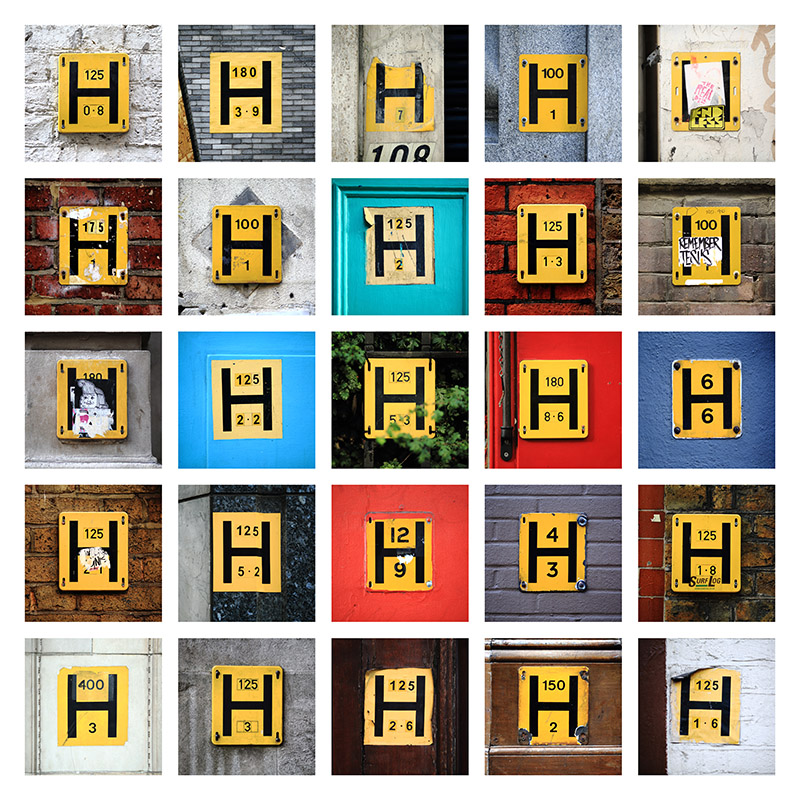
One of the first photographic typological studies was by the German photographer August Sander. Sadly, 40,000 negatives taken for his project ‘the people of the 20th century’ in the 1920s, were destroyed during WWII in a fire. Sanders categorized his portraits according to their profession and social class.
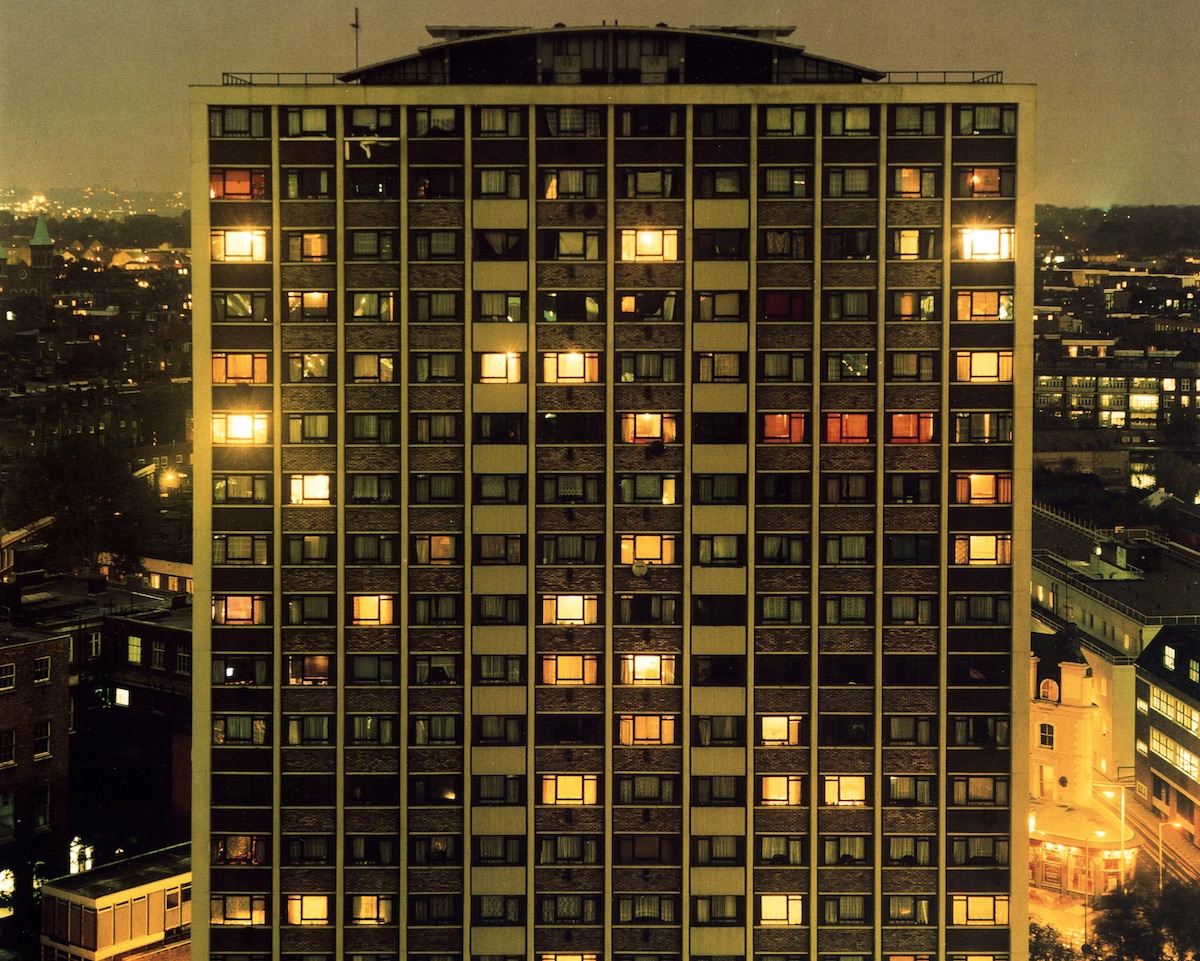
Technical
This, along with the majority of Luxemburg’s work, was taken at night, with only urban light illuminating the scene. The image has a warm, yellowish toned wash over it, with glares and intense yellow light coming from windows on the building and street lights. The camera focus is on the building structure, which is photographed head on, and the rest of the landscape appears grainy.
Visual
This image was taken from a height level with the building in the center of the image, which visually is the most striking aspect. This angle can make the building appear o be 2D as you can see no depth or sides of the building. The windows create a form of repetition, and they are structured in perfect rows showing a pattern, however it is interrupted by the different levels of light given off by each window. It is arranged to highlight the building in the foreground, however with the 2D aspect and colour over wash of the whole image, the structure can be seen to blend in with the background.
Contextual
Rut Blees Luxembourg moved from Germany to London in the 1990s to study at the London College of Printing. She was interested in urban areas of London city, capturing each area or the city with its realistic state, and its layered building structures. Luxembourg was known for taking images at night, often with edited green and yellow tones.
Conseptual
This image shows the replicated alignment of the urban building, which is pleasing to the eye. The idea could be that although industrial areas can look similar, they all have unique aspects and things that don’t fall into an organised pattern, and that urban areas look how they do with the impact of the people that live there – with the people living in the building choosing to have the lights on or of, which affect the lighting ad look of the image
Photographers such as Robert Adams, Lewis Baltz, and Bernd and Hiller Becher, were inspired by the new topographical theme, mainly based on parking lots, suburban housing and warehouses.
As coined by William Jenkins in 1975, this term is used to describe a group of American photographers (such as Robert Adams and Lewis Baltz) whose pictures had a similar aesthetic.


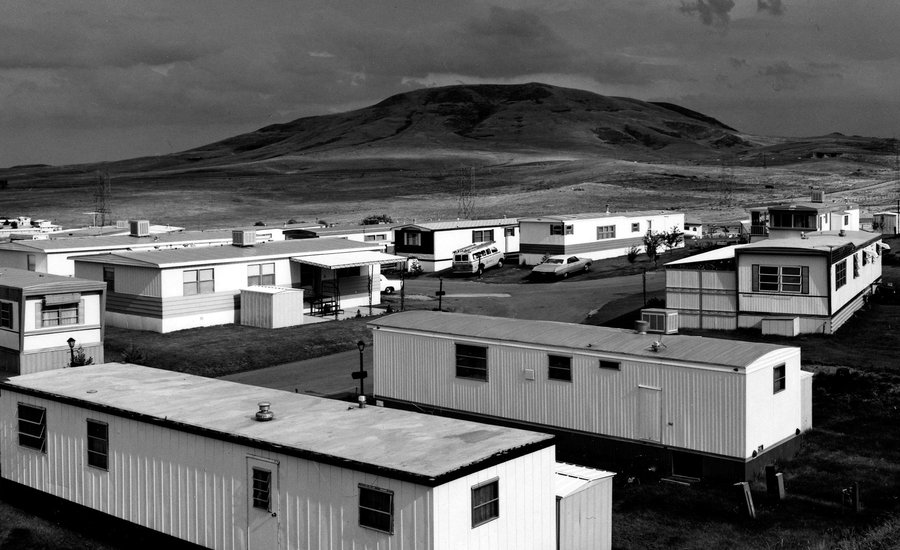
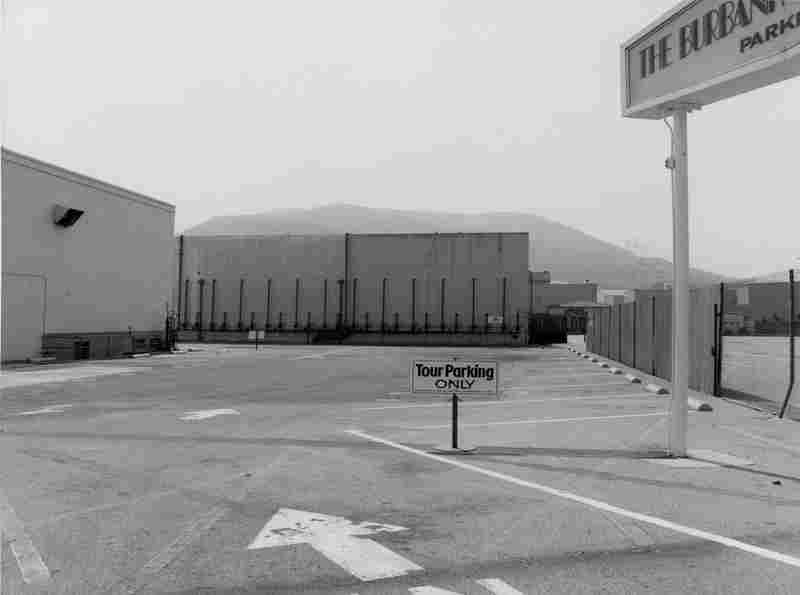
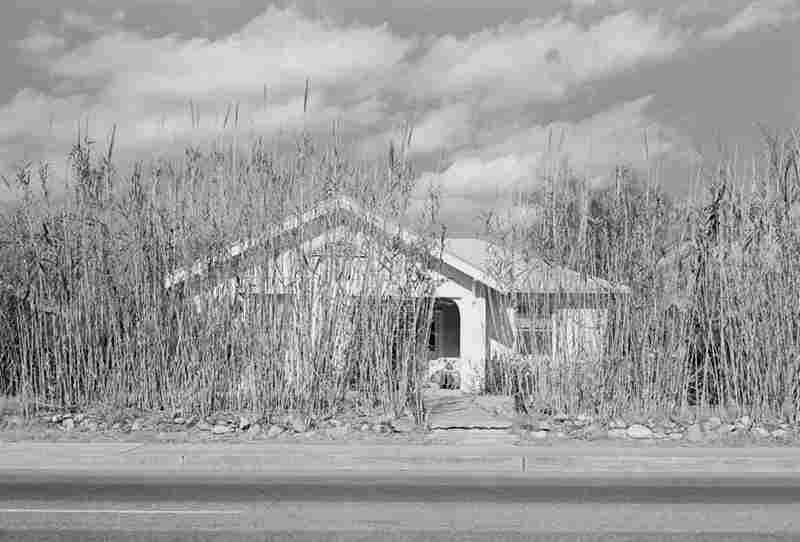
These topographic images show a clear contrast of man-made structures to nature, either in the foreground or background of human civilization. They go against the ideas of the previous romanticist movement, showing the obstruction of mans necessity for functional living areas, overshadowing the worlds natural beauty.
APERTURE refers to the opening of a lens’s diaphragm, which allows light to pass through the camera. It is calibrated in f/stops and is generally written as numbers like 1.4, 2, 2.8 etc. The higher the f/stop, the less light is allowed to pass through the camera.

DEPTH OF FIELD refers to the distance between the nearest and the farthest objects that are in acceptably sharp focus in an image. The depth of field can be calculated based on focal length, distance to subject, the acceptable circle of confusion size, and aperture. The more depth of field, the more focused the camera is to the foreground and the more blurred the background is.

